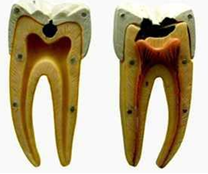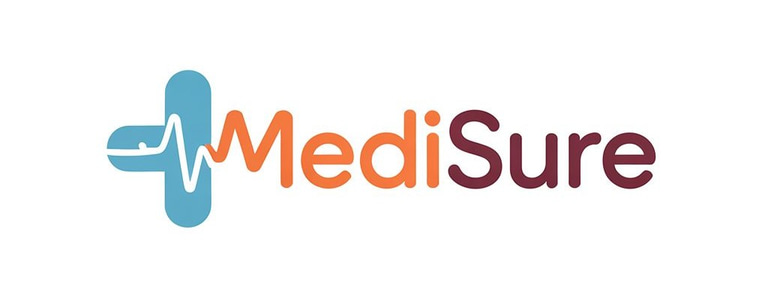رَبِّ زِدْنِي عِلْماً

DENTAL CARIES MODEL
₹82.00₹22.00
Dental caries, commonly known as tooth decay or cavities, is a multifaceted process that leads to the demineralization of tooth structure, ultimately resulting in decay if not properly managed. A comprehensive understanding of dental caries can be elucidated through the examination of its model features, which encompass various components that influence the development and progression of this oral disease. ### 1. **Microbial Factors** At the heart of the dental caries process lies a diverse community of microorganisms, particularly specific strains of bacteria that play a pivotal role in the development of carious lesions. The primary culprits are: - **Streptococcus mutans**: This bacterium is primarily responsible for initiating tooth decay. It metabolizes sugars, producing acids that lead to the breakdown of enamel. - **Lactobacillus species**: These bacteria further contribute to cavity progression by fermenting sugars and producing lactate, which enhances acidity in the oral environment. - **Other oral bacteria**: A variety of other bacteria join this initial colonizers, forming a complex biofilm known as dental plaque, which protects them and aids in their survival. ### 2. **Dietary Influences** Diet plays a crucial role in the caries process, influencing both the frequency and amount of acid production by bacteria. Key dietary factors include: - **Sugar Intake**: High consumption of fermentable carbohydrates, especially sucrose, is directly related to the increase in acid production by bacteria in the biofilm. - **Frequency of Consumption**: Snacking on sugary foods and drinks throughout the day increases the duration of acid exposure to the teeth, promoting demineralization. - **pH Levels**: Foods and beverages that lower the pH in the mouth can facilitate an acidic environment that favors caries development. ### 3. **Salivary Factors** Saliva plays a protective role against dental caries and is vital for oral health. Its features include: - **Buffering Capacity**: Saliva contains bicarbonate ions that neutralize acids, maintaining a balanced pH in the oral cavity. - **Remineralization**: Saliva provides essential minerals such as calcium and phosphate, necessary for the repair of demineralized enamel and dentin. - **Antimicrobial Properties**: Saliva contains antibodies and antimicrobial peptides that help reduce bacterial load within the oral cavity. ### 4. **Host Factors** Various individual factors can influence the susceptibility to dental caries. These include: - **Age**: Children, due to their developing teeth and dietary habits, as well as the elderly, with potential xerostomia (dry mouth), are more vulnerable. - **Genetics**: Genetic predispositions can affect enamel strength and individual salivary composition, contributing to caries risk. - **Oral Hygiene Practices**: Poor oral hygiene habits lead to plaque accumulation and increased risk of caries. ### 5. **Tooth Structure and Location** The anatomical features of the teeth significantly affect caries susceptibility: - **Enamel Thickness and Strength**: Thinner and weaker enamel is more prone to carious lesions. Age, genetics, and dental development affect enamel properties. - **Tooth Morphology**: Occlusal surfaces of molars, with their grooves and pits, offer more niches for plaque accumulation, increasing caries risk. - **Location in the Mouth**: Teeth with more challenging access for cleaning, such as those in the back of the mouth, are more likely to develop caries. ### 6. **Environmental Factors** Environmental influences, including socio-economic status, education, and access to dental care, play an essential role in caries prevalence and severity: - **Access to Dental Care**: Regular dental visits, professional cleanings, and preventive treatments (such as fluoride varnishes) can greatly reduce the risk of caries. - **Fluoride Exposure**: Community water fluoridation and fluoride toothpaste contribute to enamel remineralization, mitigating caries development. - **Health Education**: Knowledge of dietary impacts, proper oral hygiene techniques, and the importance of dental visits is crucial in prevention efforts. ### Conclusion Understanding the dental caries model involves recognizing the interplay among microbial, dietary, salivary, host, tooth structural, and environmental factors. Effective caries management and prevention require a multifaceted approach that addresses all these aspects, promoting better oral health and reducing the prevalence of cavities among populations.
Training
Providing essential healthcare training and simulation solutions.
COntacts
Support
info@medisureinternational.com
+91 9972123423
© Medisure. All Rights Are Reserved
Crafted with ❤️by Influence Kashmir
